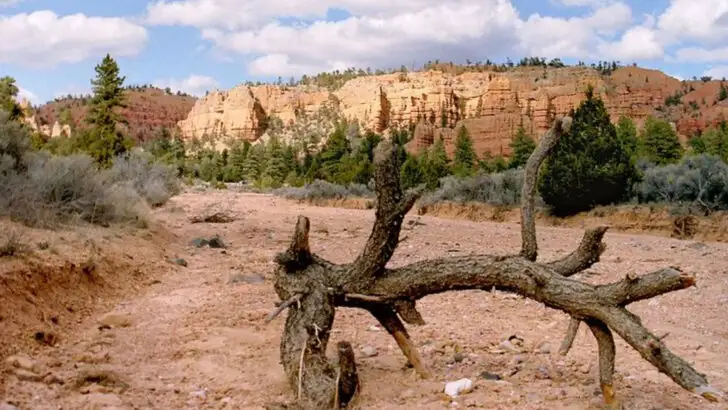America is home to some of the most dramatic canyons in the world, yet not all of them make it onto the typical tourist radar. Beyond the famous Grand Canyon, there are stretches of rock and desert where scale, color, and solitude combine to create unforgettable landscapes.
From the Southwest to the Pacific Northwest, these overlooked canyons offer stunning vistas, quiet trails, and expansive skies. Visiting them gives travelers the chance to experience nature’s grandeur without the crowds, discovering the hidden corners of the country’s most striking terrain.
Black Canyon of the Gunnison – Colorado

Few places encapsulate nature’s raw power like this Colorado marvel. The canyon plunges dramatically with walls painted in deep blacks and grays. Historically, it was considered impassable due to its sheer cliffs.
Adventurers today find solace in the challenging hikes and the sweeping views from the rim. Wildlife thrives here, adding to the allure for nature enthusiasts. Its striking colors at sunrise and sunset offer photographers a chance to capture its unique beauty.
While not as vast as the Grand Canyon, it boasts an intense and rugged character that’s simply unforgettable.
Paria Canyon – Utah/Arizona
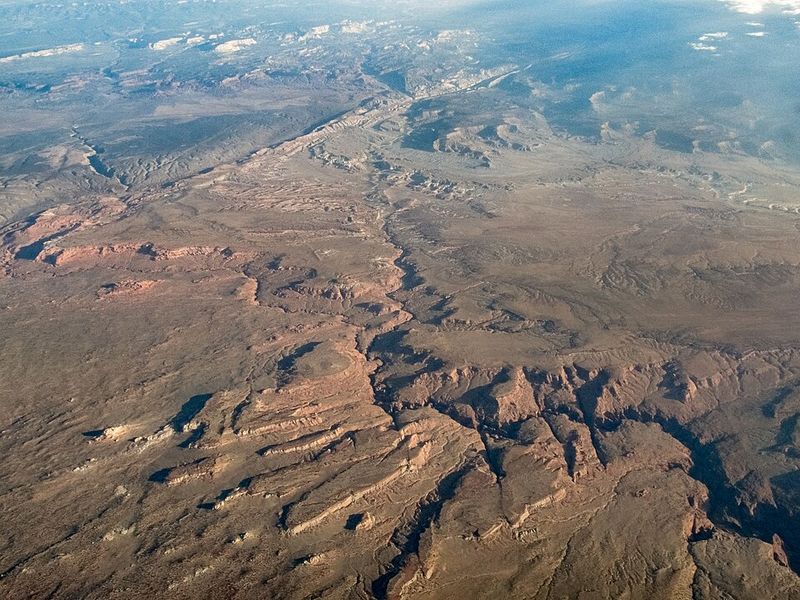
Mystical and surreal, Paria Canyon stretches across the Utah-Arizona border with vibrant hues and intricate rock formations. Its secluded paths draw those seeking solitude and adventure.
Famed for its slot canyons, especially the Wave, this area offers some of the most striking landscapes in the American Southwest. The serpentine path of the river adds a dynamic element to the tranquil setting.
The rich tapestry of colors changes with the sun’s angle, offering a painterly scene throughout the day. Its lesser-known status makes it a hidden treasure.
Little Cottonwood Canyon – Utah

Nestled just outside Salt Lake City, this canyon is a haven for outdoor enthusiasts. With granite cliffs that beckon climbers and trails that hikers revere, it’s a year-round paradise.
In winter, the snow transforms the area into a skier’s dream, while summer reveals stunning wildflower displays. Its historical significance adds layers, as early settlers mined silver here.
Despite its close proximity to urban life, the serenity within promises an escape from the everyday hustle. Its natural beauty remains a well-kept secret among locals.
Oak Creek Canyon – Arizona
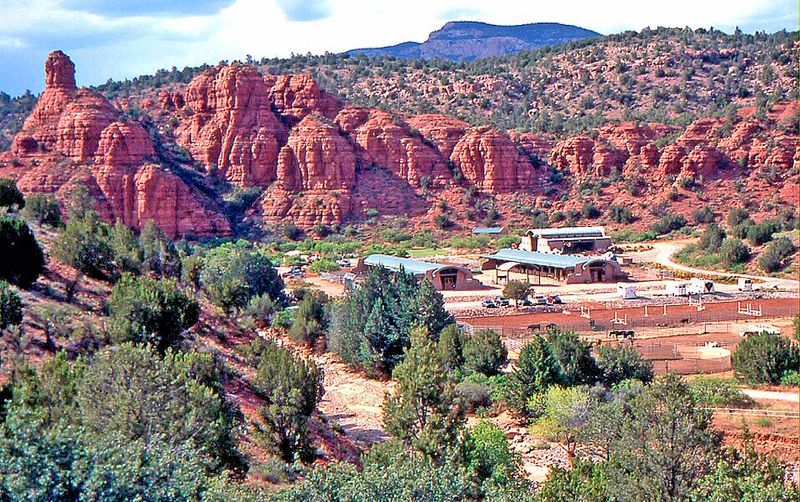
Dubbed the “Grand Canyon’s little cousin,” Oak Creek offers a more intimate experience. Located near Sedona, its striking red rock formations contrast beautifully with lush vegetation.
The canyon is a favorite for photographers, particularly in autumn when the foliage turns vibrant shades of yellow and red. The creek itself provides a soothing soundtrack for hikers and picnickers.
Known for more than just scenic drives, the canyon is a sanctuary for various wildlife species, making it a delightful spot for nature lovers.
Bisti/De-Na-Zin Wilderness – New Mexico
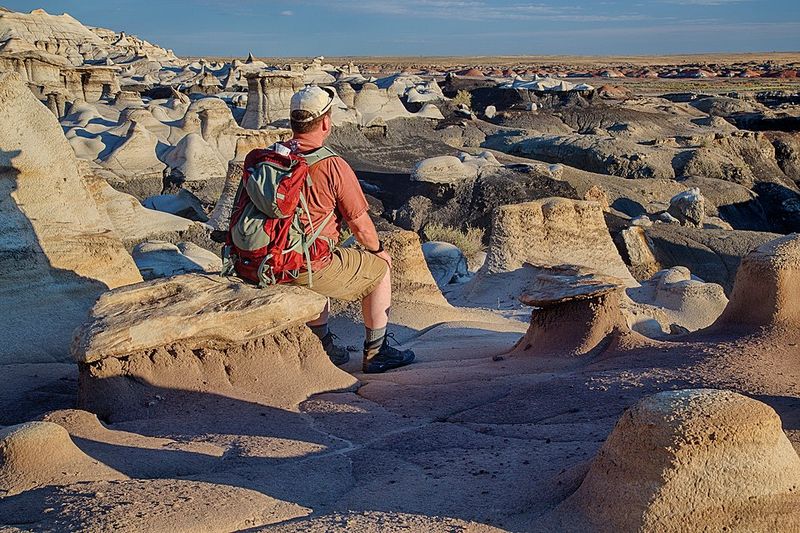
Imagine an alien landscape with hoodoos and bizarre rock formations, and you’ll have a glimpse of Bisti/De-Na-Zin. This New Mexico wilderness area enchants with its otherworldly scenery.
The area is a treasure trove for geologists and photographers, offering unique formations that seem sculpted by an artist’s hand. Fossils hint at the rich prehistoric past.
Exploration here feels like stepping onto another planet, with few visitors to disrupt the solitude. This hidden gem remains a testament to the Earth’s artistic capabilities.
Hell’s Canyon – Oregon/Idaho
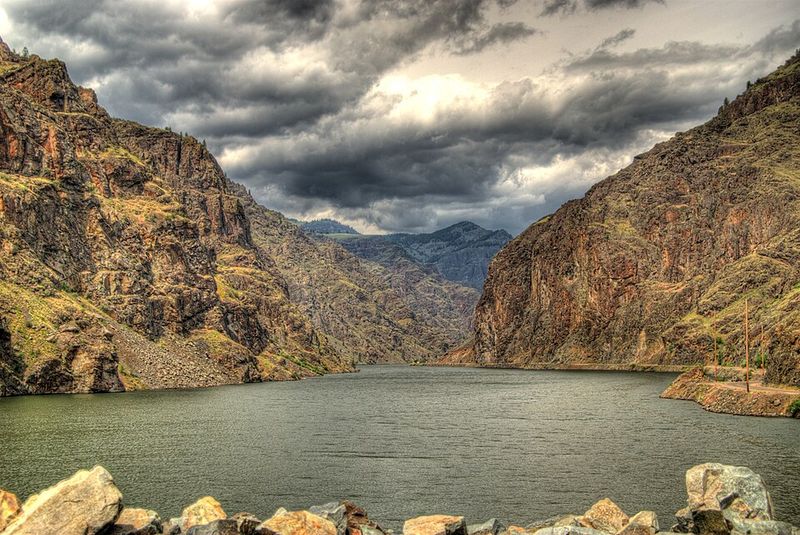
Hell’s Canyon defies its devilish name by offering tranquil vistas and a wealth of recreational opportunities. It’s North America’s deepest river gorge, yet remains surprisingly untraveled.
The Snake River carves through the canyon, providing thrilling white-water adventures. Its remote location ensures an undisturbed communion with nature.
Wildlife, including eagles and bighorn sheep, abounds, adding to the area’s rugged charm. Those who venture here are rewarded with solitude and striking natural beauty.
Glenwood Canyon – Colorado
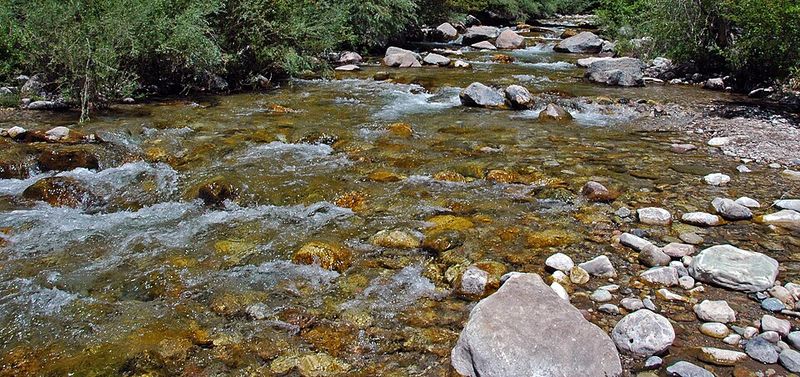
Driving through Glenwood Canyon is an experience unto itself, with the highway cleverly integrated into its dramatic cliffs. The Colorado River meanders below, offering rafting and fishing.
The engineering marvel of the highway enhances its appeal, providing stunning views at every turn. Visitors can stop at rest areas to hike trails that lead to breathtaking overlooks.
Autumn brings a riot of colors, making it a perfect time for a scenic drive. Its blend of man-made and natural beauty creates a unique visual feast.
Kings Canyon – California

While Yosemite steals the spotlight, Kings Canyon stands tall with its deep gorges and ancient sequoias. The canyon’s depth rivals the Grand Canyon, offering awe-inspiring views.
The area’s natural grandeur is matched only by its tranquility. Hikers find joy in traversing its vast network of trails.
Within its boundaries, the world’s largest trees create a cathedral-like atmosphere. This giant forest and the sheer canyon walls leave a lasting impression on those who discover it.
Palo Duro Canyon – Texas
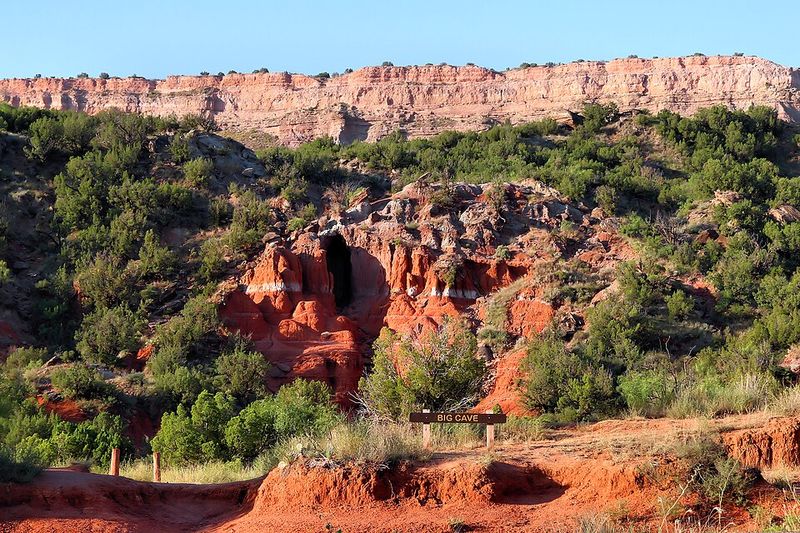
Texas proudly claims the nation’s second-largest canyon, Palo Duro. Its dramatic landscape of multicolored layers creates a painter’s palette of earth tones.
Outdoor enthusiasts flock here for biking, hiking, and horseback riding. The canyon’s amphitheater hosts a historical musical that tells the story of Texas.
Despite its grandeur, it remains less crowded than its northern counterparts, offering a more personal experience with nature. The convergence of history, culture, and natural beauty defines this Texan jewel.
Box Canyon – Colorado
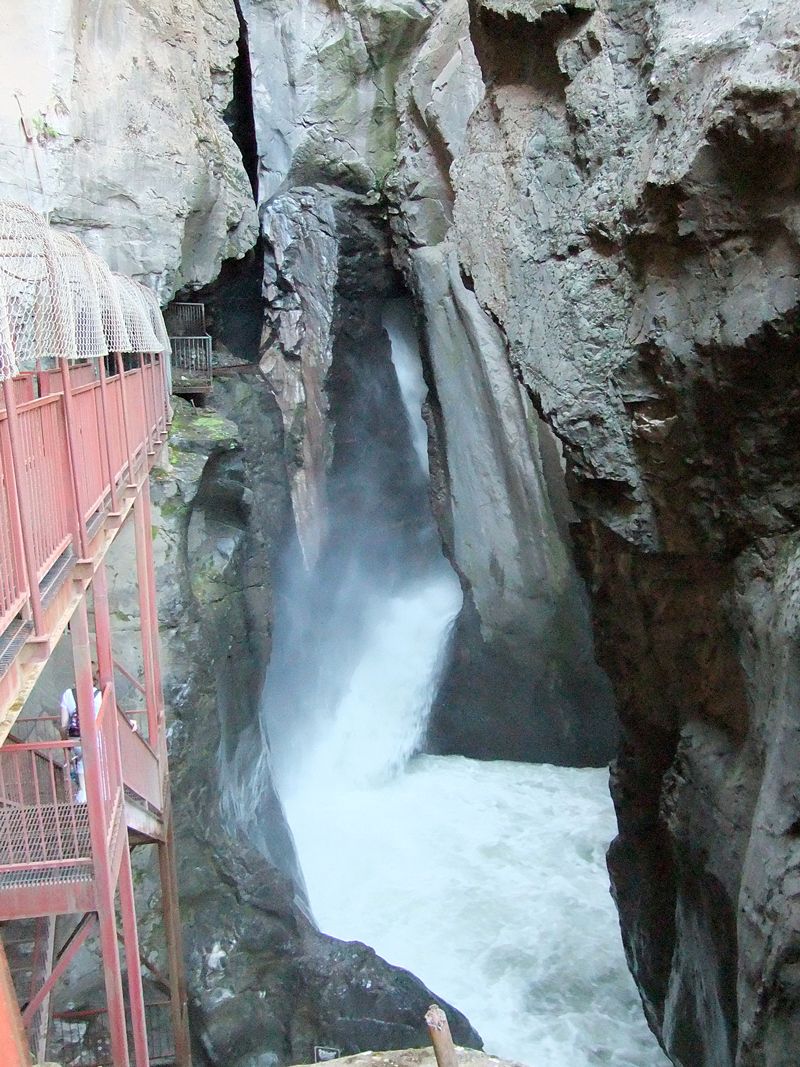
Nestled near Ouray, Colorado, Box Canyon stands as a hidden gem with its dramatic waterfall and unique geology. The canyon walls close in tightly, creating an intimate atmosphere.
Bird watchers are drawn here by the black swifts nesting in the cliffs. The waterfall, especially in spring, roars with life.
The box-like formation of the canyon offers a cozy yet awe-inspiring experience. Its geological wonders and relative obscurity make it a must-visit for those seeking something different.
Red Canyon – Utah
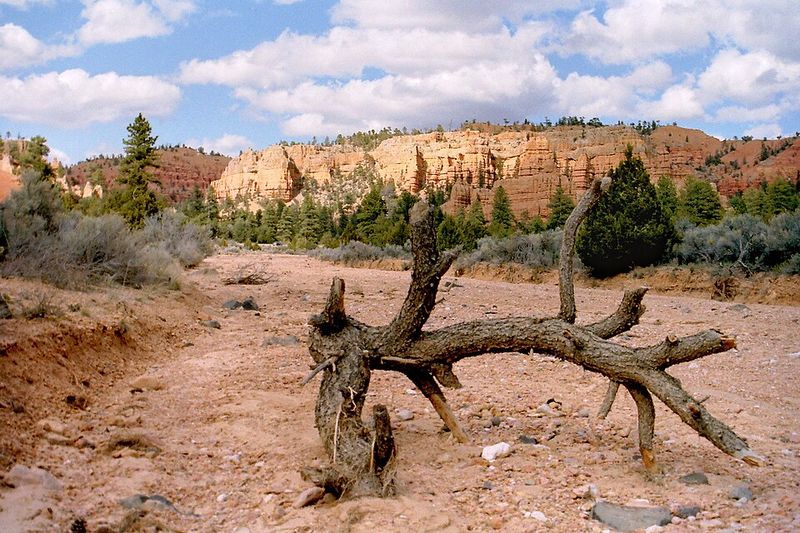
Often overshadowed by nearby Bryce Canyon, Red Canyon dazzles with its vivid rock formations. The vibrant reds contrast with the green of the pines.
Known for its unique hoodoos, the area offers peaceful hiking trails and a chance to connect with nature. The canyon’s formations glow with the changing light.
Its nickname, “Little Bryce,” belies the fact that it stands as a natural wonder in its own right. Fewer visitors make it a peaceful retreat.
Cataract Canyon – Utah
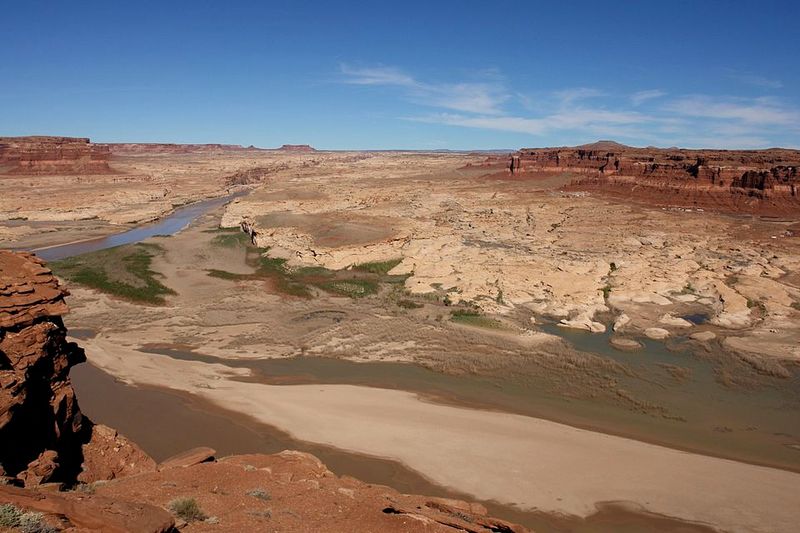
For thrill-seekers, Cataract Canyon offers some of the most exciting white-water rafting in the country. Its remote desert environment adds to the allure.
The Colorado River carves through the canyon, creating rapids that challenge even seasoned adventurers. The stark contrast of water and rock provides visual drama.
Beyond rafting, the canyon’s rugged terrain and historical sites beckon explorers. It’s a place where the spirit of adventure is alive and well.
Fossil Creek Canyon – Arizona

Tucked away in Arizona, Fossil Creek Canyon is a sanctuary of biodiversity and natural springs. The creek’s turquoise waters are a refreshing sight in the desert landscape.
Hiking trails lead to waterfalls and swimming holes, making it a favorite summer destination. The area’s lush plant life contrasts beautifully with the rocky surroundings.
Known for its vibrant ecosystem, the canyon is a hidden oasis of natural wonder. It offers both excitement and tranquility for those willing to seek it out.

